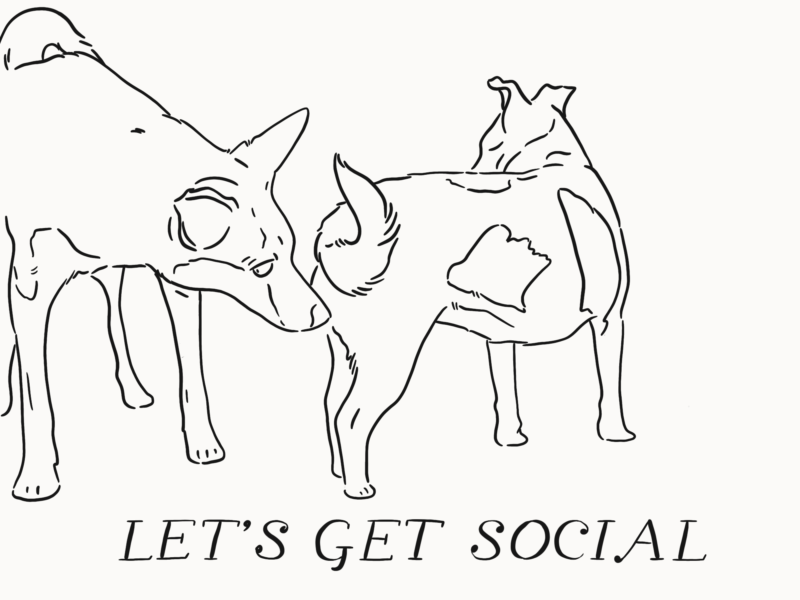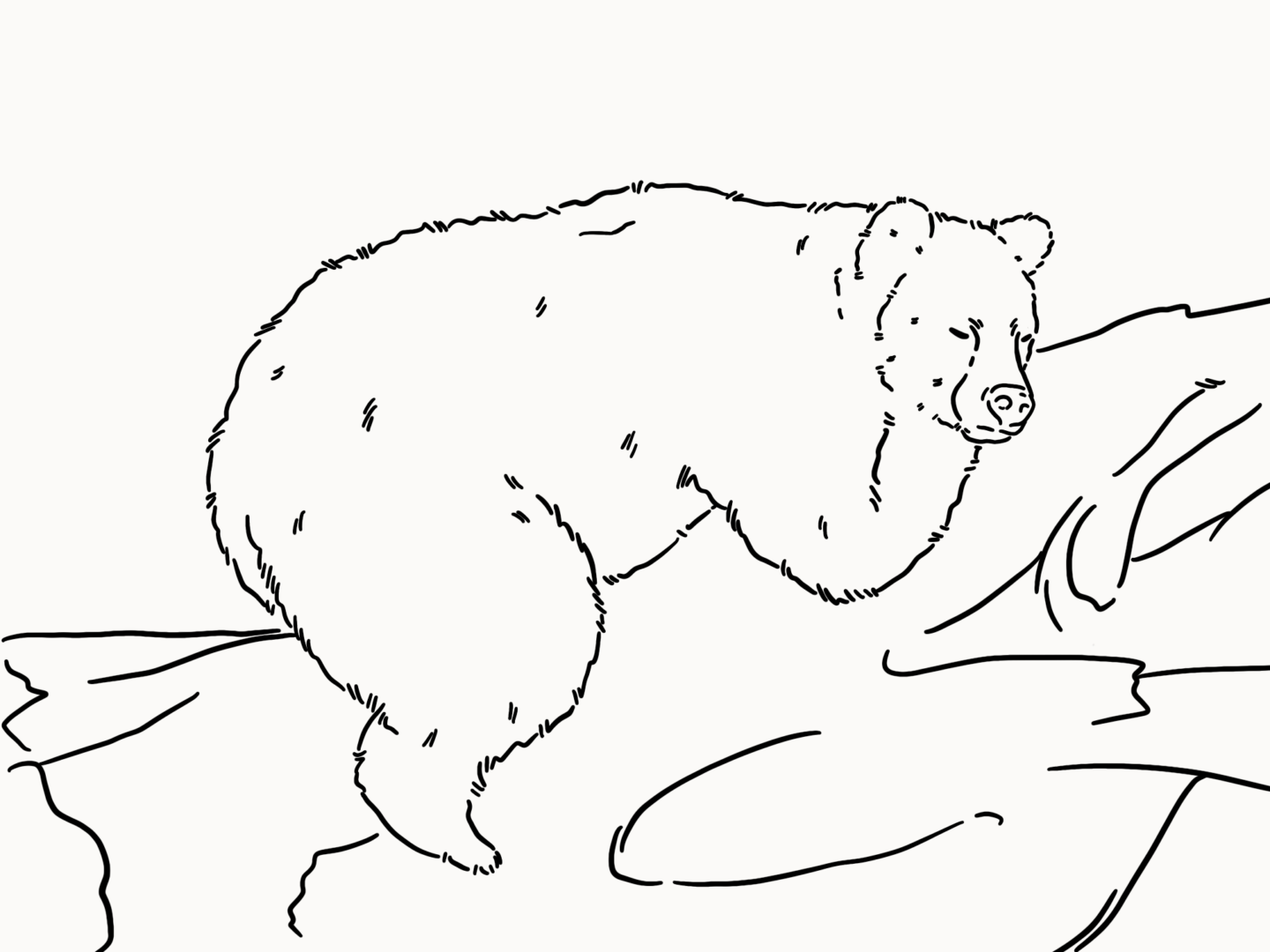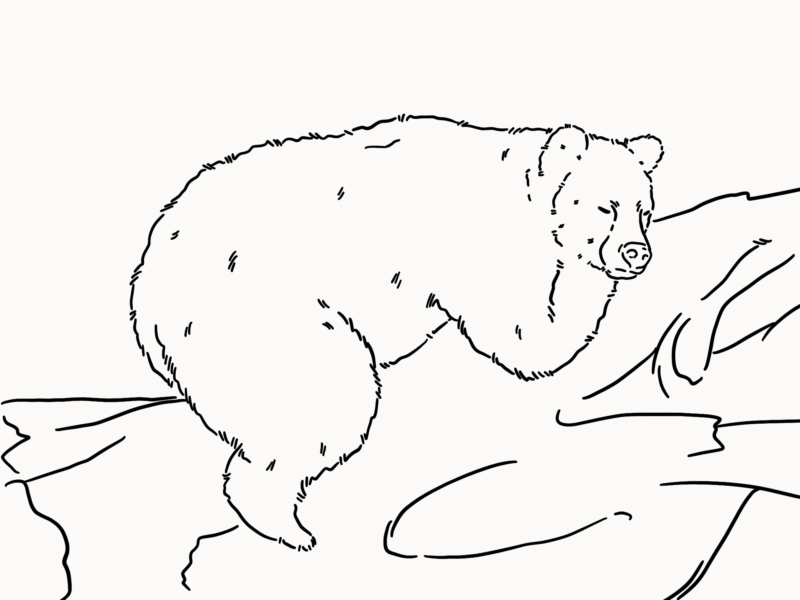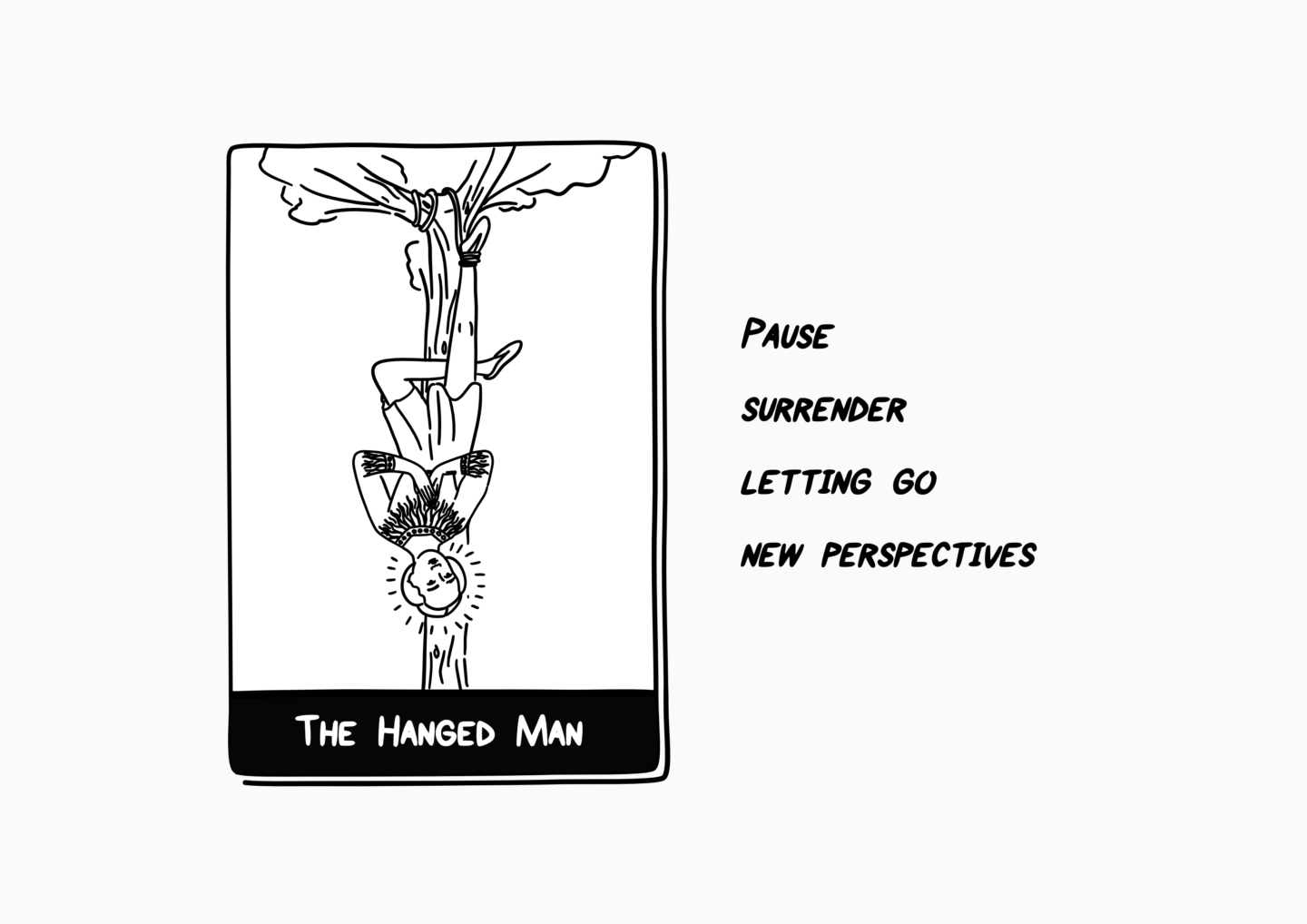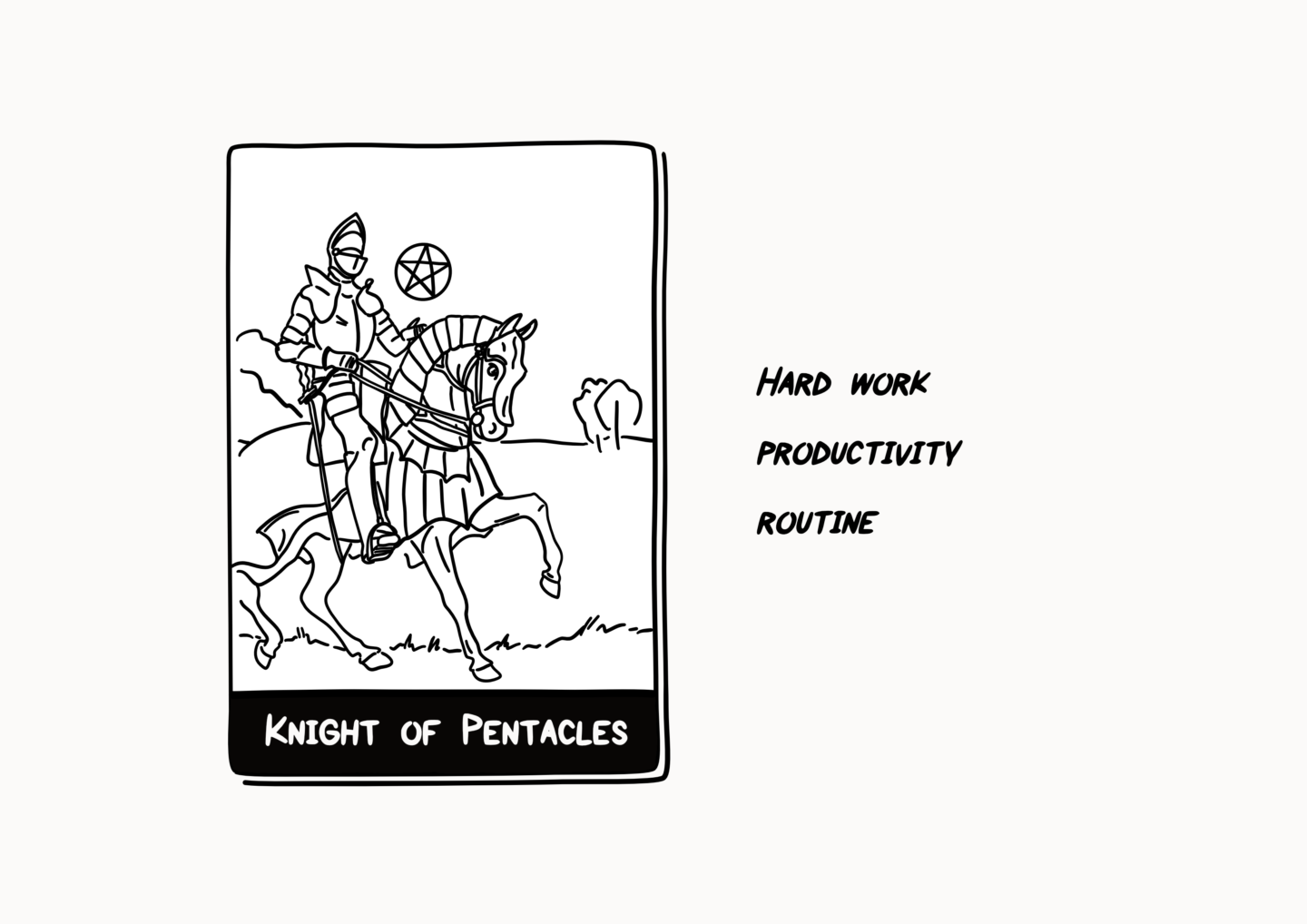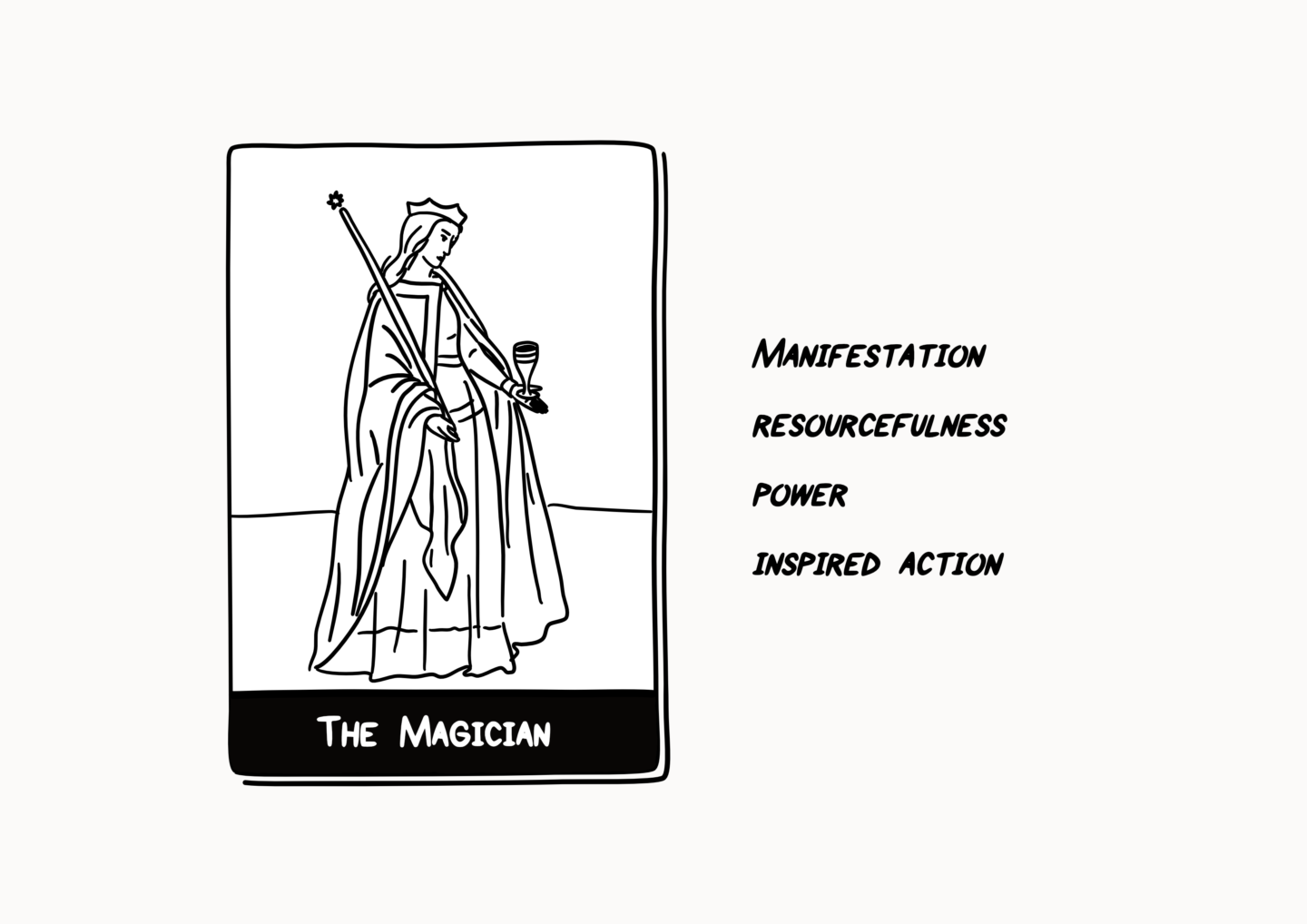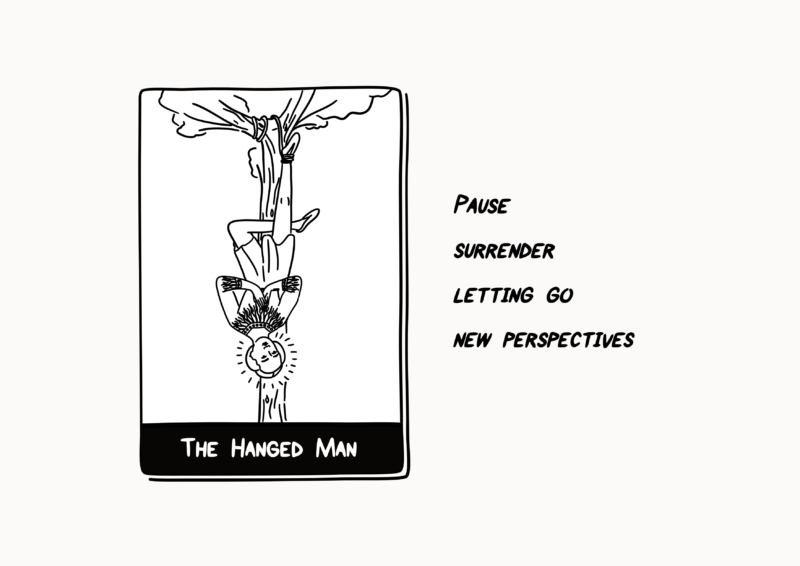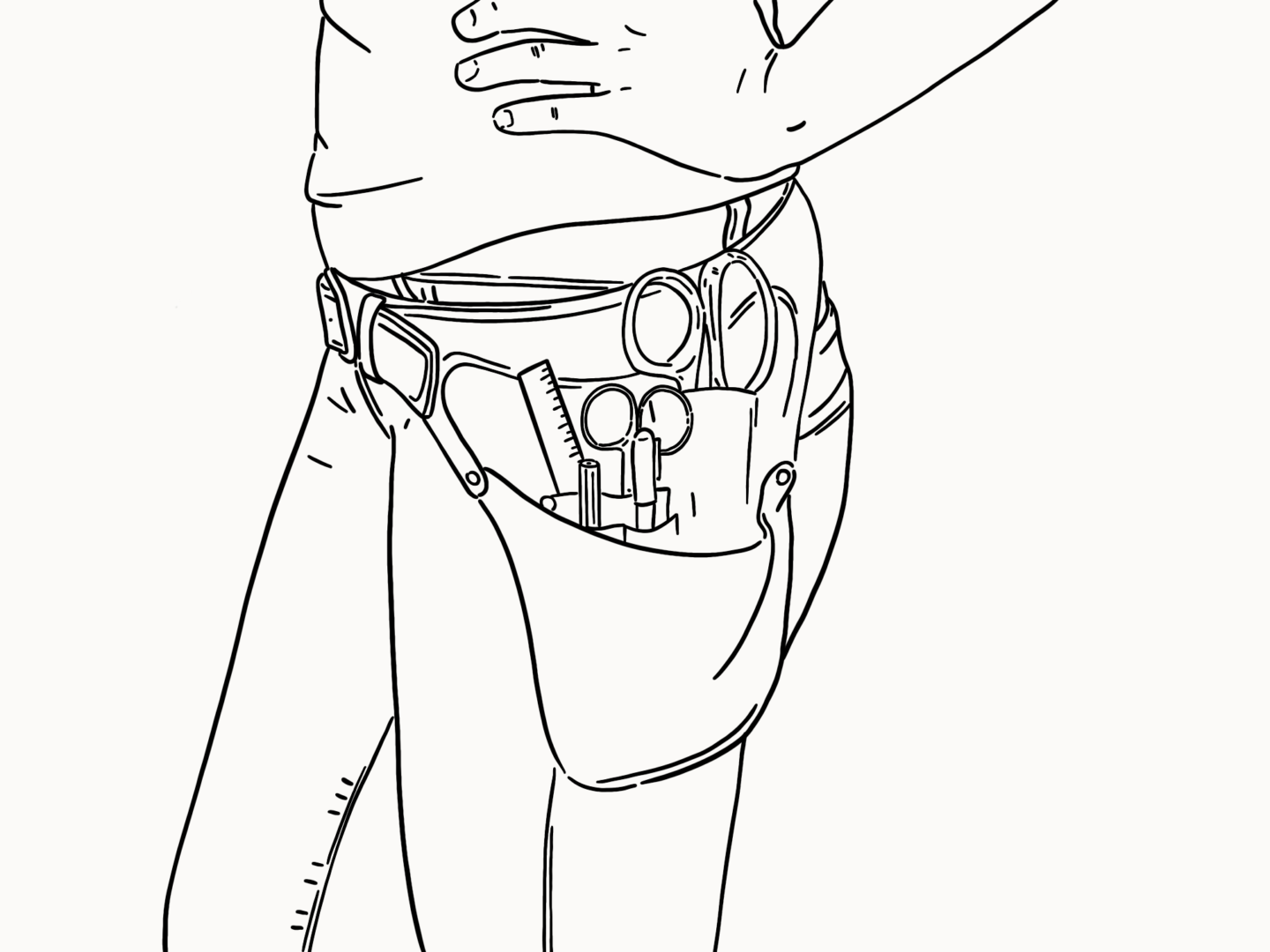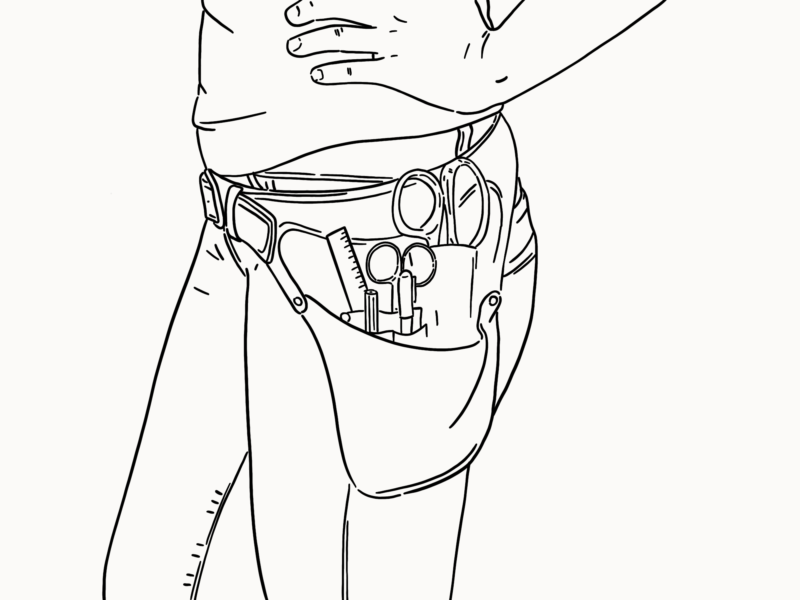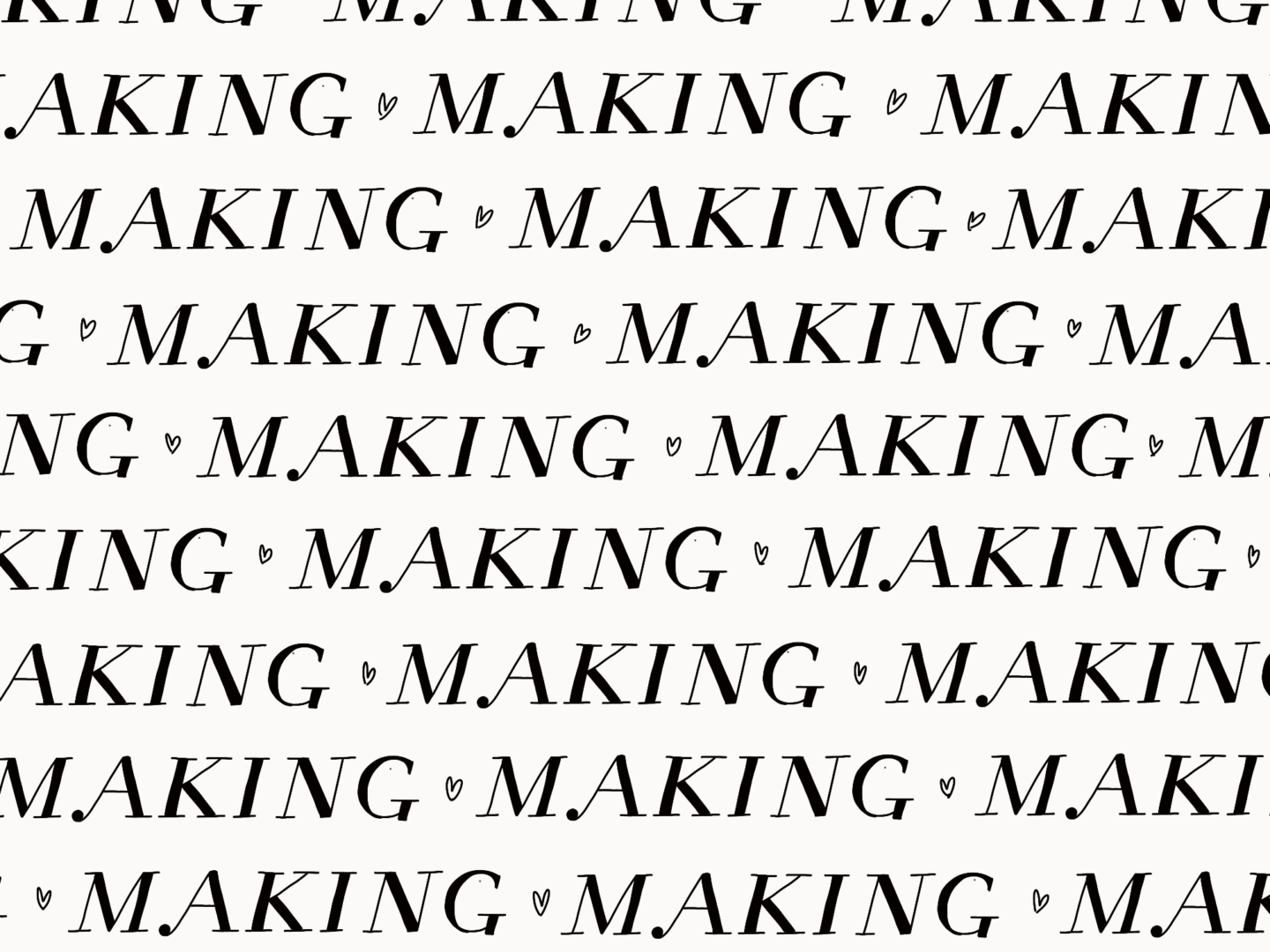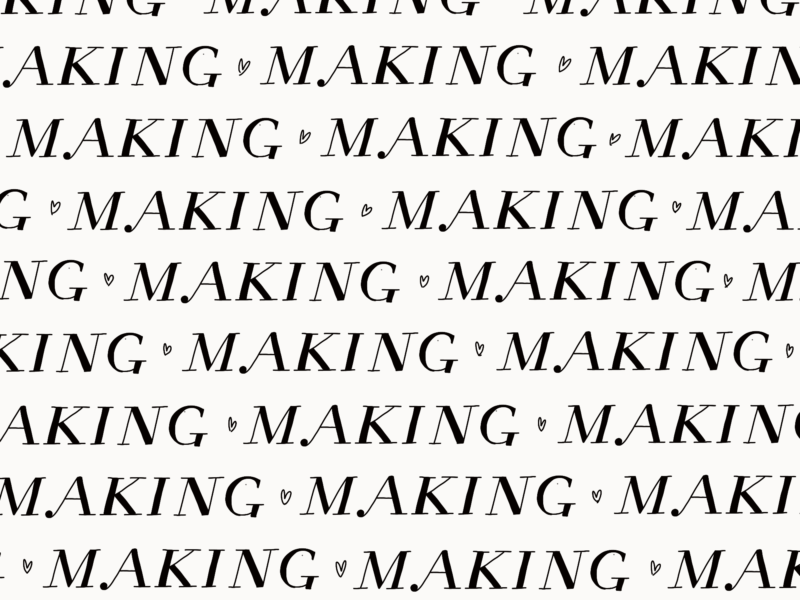If you’re subscribed to my newsletter (and you really should be), you’ll know that I’ve been thinking a lot about how I approach social media and sharing my work.
Towards the end of last year I got fed up with how much time I felt like I was spending scheduling posts rather than making things, which is what I actually enjoy. So, I took a step back and let Bloglovin share my new posts for me. It was easy. But I obviously didn’t have the same engagement as I had before and I missed having good conversations around my posts.
In September, with my new (school) year new motivation attitude on I decided something had to change.
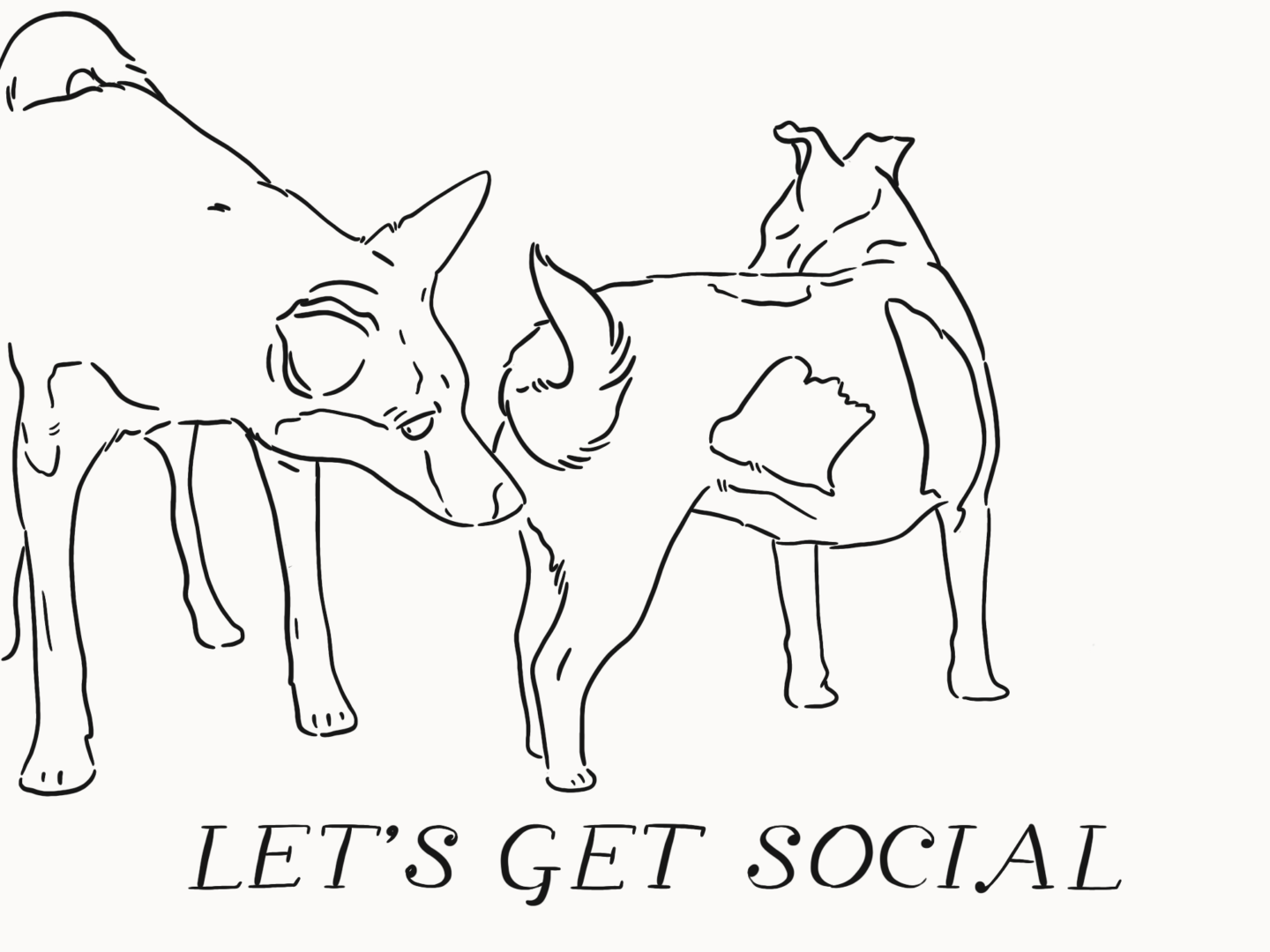
So, I turned off my autosharing and signed up to Buffer. It took me a good while to decide which social media scheduler to use, as I mentioned in my design toolkit post. But I landed on Buffer because it had great reviews and allowed me to schedule to Pinterest, which for some reason is my biggest social media channel.
I’m so glad I chose Buffer for one big reason; it automatically pulls in pictures when you schedule a post. It might sound like a little thing, but I used to spend hours having to sort through images, especially if I was sharing an older post, and Buffer has made it so easy now.
The other big change I’ve made when it comes to scheduling is that I’ve started to keep a log of my posts with pre-written tweets. I’m currently slowly working my way through my backlog of posts. This giant sheet has been a step in the right, more organised direction, for me. It means I can easily share older posts as well as my most recent content and more promotional content. It also means I can keep better track of the kinds of posts I’m sharing and when using some super intense conditional formatting. Personally I much prefer chipping away at this one document then copying across into Buffer once a week or so, rather than having to have really intense scheduling sessions. It’s also reminded me of quite how much I’ve written over the years!
So those are the major structural changes I’ve made.
But the other thing I’m getting back into is trying to engage with and support the content I love more. This was something I spent hours doing when I started out, but has fallen by the wayside as I’ve gotten busier. But there’s so much good stuff out there. So I’m spending more time chatting on twitter, commenting on Instagram and engaging with stories, more time reading and sharing from Bloglovin, and of course telling you about the stuff I love in the newsletter.
I’ve been trying out these changes for almost 2 months now and while I’ve only started to see a tiny shift in the amount of people reading the stuff I post on here. But I have felt a really big rebalancing in how I feel about what I’m sharing. I’m enjoying it again and I’m proud of what you’re seeing again. And, you know what, that’s really what matters in the end!


